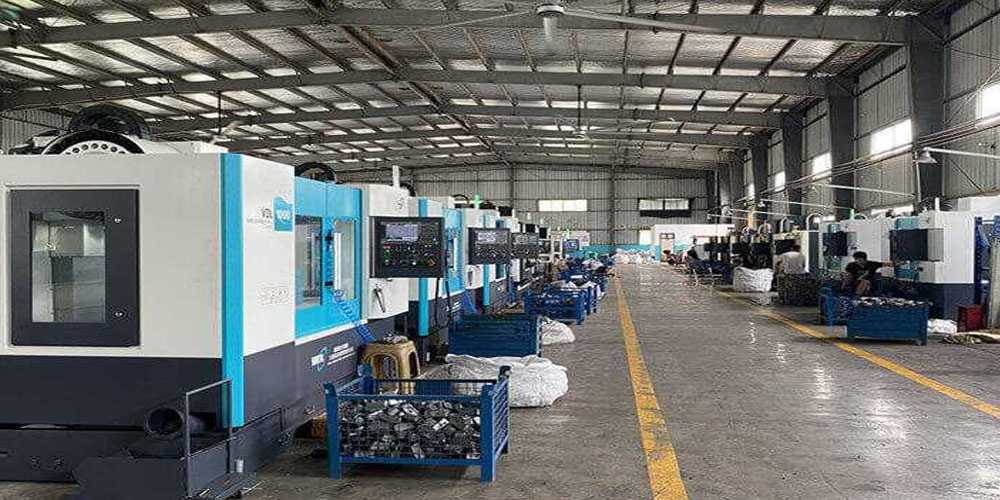A new method of producing metal that produces fewer chips is called warm extrusion technology. Since the blank is heated before extrusion, it differs from cold and hot extrusion in that the temperature ranges from above room temperature to below the entire recrystallization temperature.
Essentially, it is within the temperature range where the metal undergoes both incomplete cold deformation and incomplete hot deformation. The heated extrusion forming technology will address the difficult forging shape-filling issue as well as the issue of plastic forming of diverse metals in the metal-plastic forming process and manufacturing.
Just click and visit site to get details. The warm extrusion production line of CXIN Forging can produce 630 tons. The line can process goods made of carbon steel and aluminum alloy up to 5 kg. To perform precise forging of pistons, cylinders, wrenches, bearing rings, watch shells, universal joint heads, rear axles, micro motor housings, turbine engine ring sleeve components, automotive tire nuts, etc.
Benefits of Warm/Hot Extrusion Process
The warm extrusion process provides the following benefits over the cold and hot extrusion processes:
Improved Mechanical Properties
Metals can have their mechanical characteristics enhanced by the process of hot extrusion. The metal is heated to a high temperature and then forced through a die in the process. Hot extrusion increases the strength, hardness, and ductility of the metal by applying pressure at high temperatures to it.
Production of Complex Shapes
The ability to create pieces with intricate shapes that would be unachievable with other methods is another advantage of hot extrusion. This is because no more machining operations are required; as soon as the material exits the die, it is prepared for use. In order to produce delicate parts with precise tolerances, this procedure can help shorten lead times.
Reduced Rates of Scrap
Reduced scrap rates can also be achieved with hot extrusion. This is so that it doesn't produce as much waste material as other procedures, like machining, which can produce a lot of junk. As a result, hot extrusion is a more cost-effective and productive process overall.
Better Surface Finish
Furthermore, compared to other techniques, such as cold forging, hot extrusion produces a superior surface polish. This is so that any defects in the metal surface can be smoothed out by the high temperatures and pressures employed in hot extrusion. As a result, objects made using hot extrusion have better surface finishes than those made using other processes.
Flexibility of Design
Hot extrusion additionally provides more design flexibility than other manufacturing processes. This is because of the process' ability to generate items with intricate shapes and geometries that would be challenging or impossible to make in other ways.
Improved Rates of Production
By lowering the time it takes to make a product, hot extrusion also boosts production rates. The procedure can be finished in a matter of minutes as opposed to hours or even days for other procedures like cold forging. Hot extrusion is therefore a great option for large-scale manufacturing runs.
Side Effects of Warm/Hot Extrusion Process
- Due to the high temperatures needed to melt the material being extruded, one of the main drawbacks of hot extrusion is that it can be quite an energy costly.
- Hot extrusion can also be a very long process because the material needs to cool slowly to preserve its shape.
- Due to the possibility of introducing contaminants into the material throughout the process, hot extrusion also has the drawback of making it challenging to control the end product's qualities.
- Finally, due to the specialized equipment and highly skilled labor needed, hot extrusion is a relatively pricey procedure.
Sum Up
Using the manufacturing technique of hot extrusion, a variety of forms and sizes can be produced from a wide range of materials. For firms searching for a productive approach to making parts in large volumes, hot extrusion has a lot to offer. Companies can make items more quickly and affordably by forcing metal or plastic through a die at higher temperatures than is otherwise achievable with conventional techniques like casting or stamping.


